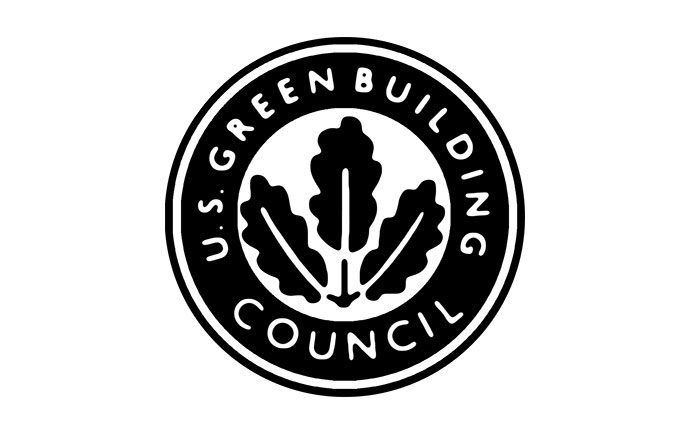



Green building certification systems are used to assess a building project’s performance from a sustainability and environmental perspective.
Green building certification systems have become increasingly popular over the past 10 to 15 years. They often include requirements that are separated into chapters, which include lists of potential “credits” for accomplishing performance levels in the respective performance categories. Systems users accrue “credits” to achieve certification to green building, which can result in “ratings,” such as silver, gold, and platinum.
Perhaps the most well-known green building certification system is the U.S. Green Building Council’s LEED rating system. The LEED rating program is a tiered, credit-based system that awards points based on compliance with different aspects of sustainability. The current version of LEED, LEED v4.1, builds off of previous versions addresses energy efficiency, water conservation, site selection, material selection, day lighting and waste reduction.
Other building certification systems include Green Globes, the International Well Building Institute’s WELL Building Standard, and the International Living Future Institute’s Living Building Challenge.
ACC and its and member companies support sustainable and healthy building certification developers. In 2019, ACC became a Keystone Member of the International WELL Building Institute. ACC has been a member of the U.S. Green Building Council and the Green Building Initiative since 2010.
